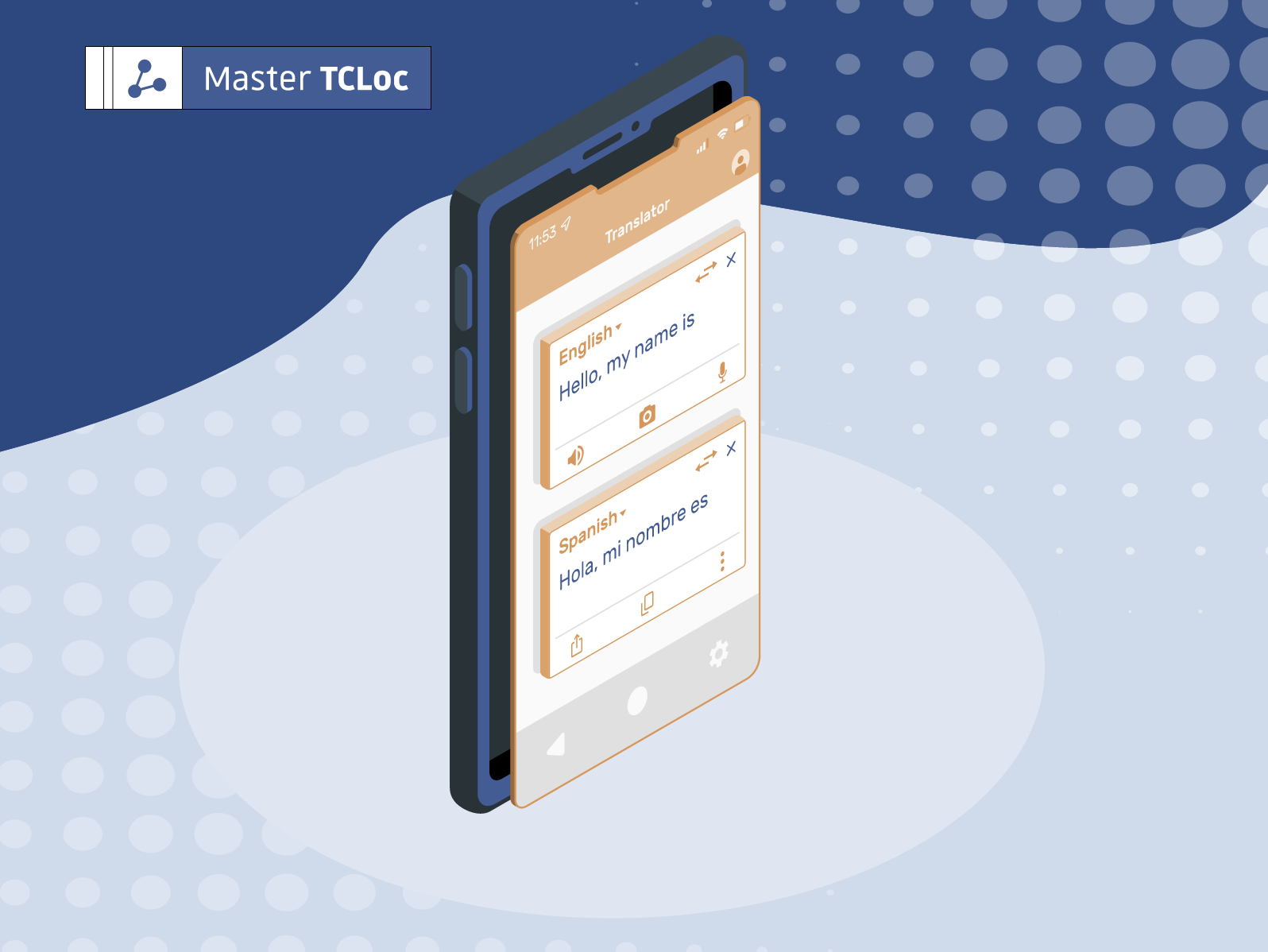Along with the tremendous growth in the number of smartphone and internet users in the global market, localization is no longer a new approach, but an inevitable step for a successful expansion of a mobile application.
Although a mobile application is also a form of software application, they are not designed to be used on desktop and laptop computers, but specifically used on small, wireless computing devices, such as smart phones and tablets. That makes a difference in the internationalization and localization process and here are a few tips we would like to share with you.
Before localizing a mobile application, think about these steps during the internationalization process:
1. Place the UI text into separate files instead of putting them in the programming code.
2. Set up a multilingual architecture so that your app would be in the right language according to the language setting of your users’ devices.
3. Avoid text on graphics.
4. Consider the space to be taken by the potential target languages (for example, French, Spanish and German texts would take around 30% more space than English texts) so that the texts would be displayed properly in a consistent interface design of different language versions.
5. Revise sourcing codes to make sure the structure fits in an internationalized standard.
6. Design a localization-friendly interface.
After internationalization, a test for the internationalized version before localizing the product would help to spot and to resolve functional defections in the internationalized version, as well as to make sure all the codes and source files are ready. Another tip here, to take the test in the smallest supported device because usually the app works in larger devices if it works well in the smallest device.
During the localization process, do think about the cultural differences. It doesn’t mean that you have to make a new design for each market, but you would need to pay attention to the icons, pictures and colors in the application. Just avoid anything that may have specific cultural indication or if it were a taboo for a specific culture. Sometimes, we may need help from a cultural counsel of the target market.
Last but not least, consider the ASO (Application Store Optimization) strategy. Optimize key words and contents for the target market to enhance visibility of your Application, and make sure that the translation for the App name, description and key words are adapted to your target users. It is also important to study the frequently used app store in your target market. For example, Google Play is not available in China and the top 3 App Stores for Android in China are: Baidu App Store, 360 Mobile Helper and Xiaomi App Store.


